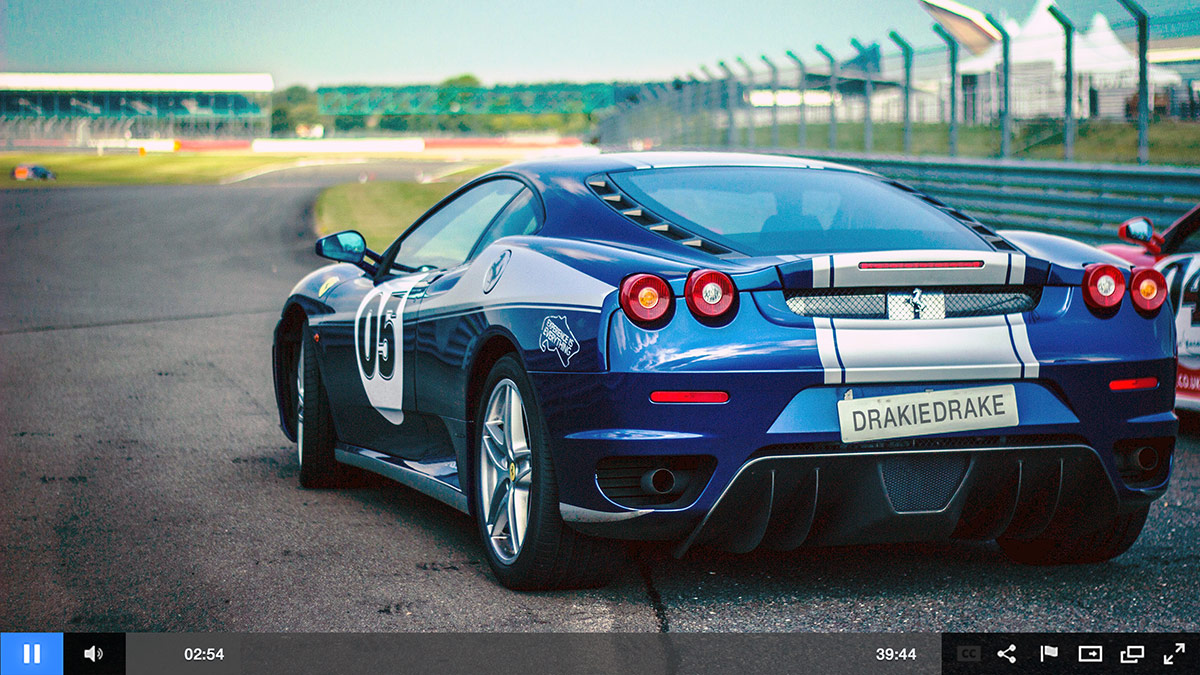
Verizon could be the latest to enter the fray in the well-populated streaming media services market. This summer, the telecommunications giant has potential plans to launch a new Netflix competitor. But there’s a problem: according to Derek O’Donnell, senior research analyst at Gartner, the average limit for subscriptions to online streaming services is three, and between Netflix, Hulu and Amazon, that leaves little room for another behemoth.
So how do streaming media services compete? The instinctive answer: get more data on your customers. But that’s not quite sufficient.
“There’s no one on the planet that has more data than the streaming services other than Google and Apple,” says Dan Rayburn, a consultant and speaker on the streaming video business. Essentially, Netflix and friends are already drowning in the same quantity of data as one another. “They obviously all know what their customers are watching and then use that data on the content they feature. It’s not like one has more data than the other.”
For streaming media services, finding a competitive advantage when they have the same data as their competitors means getting creative with that data—and using it to make smart decisions that will benefit their bottom line. While there are many ways to do this, here are a few top tips. For those looking to get an idea of how the market might change, though, and give themselves an edge, be sure to check out Outsmart your Video Competition with Watson white paper as well.
Meet the New Nielsens
In order to differentiate with data, streaming companies can look past their own domains for data not just on their customers, but on customers who are still trying to decide which streaming services to purchase–think “Hulu vs Netflix” Google searches.
Enter the new Nielsens. In a post-TV era, companies like Hitwise and Symphony Advanced Media have become the watchers of the watchers. Hitwise tracks the behavior of 8 million consumers online to see how they behave more or less in the totality of their online lives through an opt-in process in which users receive a small payment in exchange for installing tracking software in their browsers. “It’s like a 360 view of the consumer,” says Louise Stewart, product marketing manager at Hitwise.
Symphony goes further and steps into viewers’ lives a bit more literally. By downloading an opt-in app to users’ phones in exchange for a $5 to $10 gift card per month, the app connects to the phone’s microphone and GPS sensors. Companies who pay Symphony for its insights can discover what viewers are watching and how they respond to advertising (for example, whether they go to the Gap after seeing a Gap ad). Services like Symphony can also give streaming companies insight into how many viewers competitors are potentially taking from them by tracking whether they watched an Amazon original series instead of one of Hulu’s—giving streaming companies a glimpse into some notoriously tightly-held competitor data.
Combine Data with Creativity
Even without the help of outside services, streaming service providers can get creative with the data they already have—even if their competitors have similar stats in their databank.
A tale of two pieces of original content is instructive: Both Amazon and Netflix used their respective firehoses of data to create new shows, with Amazon creating “Alpha House” and Netflix “House of Cards.” But the two companies took significantly different approaches: Amazon created pilots for eight different shows, put them online for free, and tracked every last interaction users had with each pilot, from pauses to fast-forwards. Netflix, on the other hand, took its existing vault of data on its users–which actors viewers gravitated towards, which genres–and combined that existing data with an intuitive, traditional writing approach. One of these two shows is now on its sixth season (Hint: House of Cards).
 Traditional data analysis tools will only get streaming companies so far in their attempts to outpace rivals today, especially when the competition hinges on the best original content. Instead, companies are going to need to begin using solutions that look more like the human brain.
Traditional data analysis tools will only get streaming companies so far in their attempts to outpace rivals today, especially when the competition hinges on the best original content. Instead, companies are going to need to begin using solutions that look more like the human brain.
“If there’s one thing the brain is good at, it’s taking bits and pieces back together again, even when you have to complete information and come to a conclusion,” the data scientist Sebastian Wernicke told TEDxCambridge in 2015.
As artificial intelligence solutions become more sophisticated, they’ll be crucial for companies not just in coming up with winning content—but in utilizing that content in creative, intelligent ways. IBM’s Watson, for example, has already learned how to make a movie trailer by analyzing not just video and audio data but also the composition of entire scenes.
“The system allowed us to look at moments in the movie in different ways –moments that might not have traditionally made the cut, were now short-listed as candidates,” writes IBM Fellow John R. Smith. Smith adds that he and his team are looking forward to finding more ways to utilize Watson’s “brain” in developing engaging video content.
To read more about Watson’s video applications, click here.